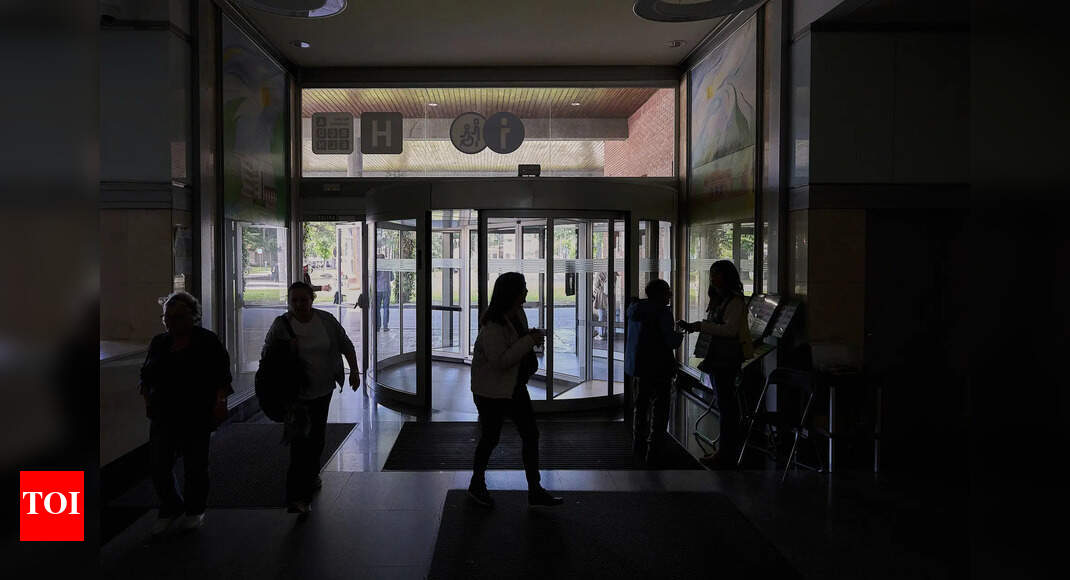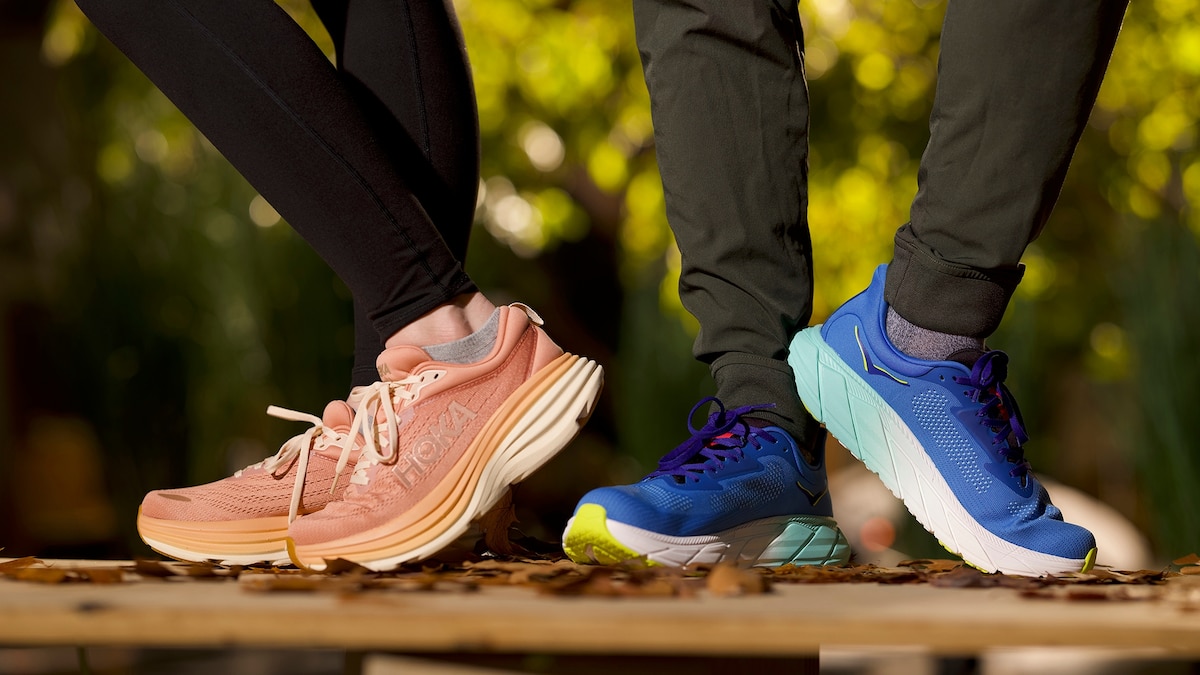Now Reading: Where to eat in Ho Chi Minh City, Vietnam
-
01
Where to eat in Ho Chi Minh City, Vietnam
Where to eat in Ho Chi Minh City, Vietnam

This article was produced by National Geographic Traveller (UK).
I’m on the back of a Vespa, on my way to meet a gangster. Not that I know it yet. Night has descended and rain is slapping the tarmac with a fervent drumming. We’re soaked to the bone as we pull up outside a restaurant called Oc Loan on a small side street in Ho Chi Minh City. Water troughs are set out like street stalls, displaying snails bigger than my fist, plump clams and glistening river prawns. Presiding over them is a man in ripped denim shorts and flip-flops, weighed down by thick gold chains, knuckle dusters and gigantic cuffs. Needless to say, he’s not the maître d’ I’d been expecting.
Inspired by Michelin’s first restaurant guide to Ho Chi Minh, published in 2023, I’m taking a deep dive into the city’s eclectic street-food scene on a scooter tour. “The owner here was a gangster,” says my guide and driver Yen Navi, referring to our bling-laden host as he nods us over to plastic seats. “His wife ran the restaurant first. His gold chains attracted people and that’s how Oc Loan became more and more popular.”
Eating out in Vietnam’s second city is never dull, as I’m beginning to discover. Frontman aside, Oc Loan has serious street cred with local snail- and seafood-lovers. It’s packed, inside and out. Empty clam and mussel shells have been discarded on the spit-and-sawdust floor like cocktail sticks at a Spanish tapas bar. And the dishes that arrive are rustic, with many ingredients plucked from the nearby Mekong Delta. I’m not brave enough for the giant snails but happily tuck into juicy clams in an aromatic lemongrass broth, sizzling barbecued prawns and a platter of soft, smoky scallops with peanuts and spring onions.

Microbreweries, cool cafes and Michelin-lauded restaurants are adding another dimension to Ho Chi Minh City and its eclectic food scene.
Photograph by Ulf Svane

A legacy of French colonialism, baguettes are sold by the million each day to make Vietnam’s banh mi sandwiches.
Photograph by Ulf Svane
Ho Chi Minh — still affectionately called Saigon by most locals — opened a game-changing, Japan-influenced metro line in December last year, but travelling by scooter is still the classic way to see it. On two wheels, we penetrate deep into the sprawling city’s warren of markets, jumping off for jasmine iced tea and banh xeo rice-flour pancakes stuffed with minced pork, Thai basil and potent fish leaf herb. We eat cheek-by-jowl with locals, huddled around wobbly tables under naked bulbs.
There’s one noticeable absence from my gut-busting evening: banh mi, the Vietnamese sandwich that’s risen to international fame in the past decade. The next day, on a tour of the city’s morning food scene, my local guide Jerry Thanh Nghia says, with an American-inflected drawl, that’s because it’s mostly eaten for breakfast. It’s just past 7am when we arrive at a narrow street on the edge of District 1 looking for Bay Ho, a sandwich shop that appeared on Netflix’s Street Food: Asia series in 2019.
“Every 150 metres in Saigon there’s a corner where you can sit to have a meal, drink or dessert. We’re a city of mini food carts,” says Jerry, baseball cap in hand, as we watch a steady stream of motorbikes pull up at the shop. The owner, Ho Quoc Dung, dressed in a Louis Vuitton T-shirt and flip-flops, is serving customers, reaching into a huge wicker basket for stubby baguettes — a staple in Vietnam since the French Indochina era (1857-1954). I watch as he slathers their insides with pig-liver pâté, coriander, pickled radish and chopped pork stained red by a cashew-seed rub.
When it’s our turn, he scoops a bit of the coarse pâté onto a spoon for me to taste. “The secret recipe for the pâté is our biggest asset, passed down from my grandfather,” he explains. It’s unctuous, garlicky and incredibly well seasoned, elevating all the other flavours in the sandwich. In his late thirties, Dung tells me he’s a third-generation chef, getting up at 3am each day with his wife to trawl markets for the freshest coriander and chillies.

Mornings are the best time to experience Ho Chi Minh’s markets, like Vuon Chuoi, which underpin the city’s food culture.
Photograph by Ulf Svane

Smoky scents of grilled meats and fresh stews will follow your nose at Vuon Chuoi market.
Photograph by Ulf Svane
Ho Chi Minh’s markets underpin the city’s food culture. And as morning is the best time to experience them, that’s where Jerry and I head next. The smoky scent of meats grilling on earthenware stoves follows our stroll through District 3 towards Vuon Chuoi wet market. Spring rolls are being turned with chopsticks as they fry in deep woks, while shop owners nap on day beds with their doors open. Later that morning, we head to District 5 to visit Chinatown — one of the world’s largest, dating to the 1730s. Here, we enter Thien Hau temple, thought to date to the 18th century, passing under a sky of beehive-shaped incense burners to offer a prayer before one last stop for coffee in Phung Hung market, a five-minute walk away.
Enveloped in a cloud of steam, stall owner Chung Quoc Hung starts by adding a glug of condensed milk to the bottom of our small glasses, as is tradition in Vietnam. He then pours our brews directly from a thin-weave cotton filter he’s pulled from a clay pot. This technique is called ‘racket coffee’, and Chung’s family have perfected the art of making this exceptionally smooth drink at Café Ba Lù over 70 years. I balance on a small plastic stool next to his simple cart, sipping my coffee. It’s powerful and tooth-crackingly sweet thanks to the canned milk.
Vietnam is now the world’s second-biggest producer of coffee, which was first planted by the French. “They tried to bring cows here to create dairy farms in the early 1900s, but the cows didn’t do well in the tropical heat,” says Jerry, explaining why condensed milk became the go-to for working-class locals who bought into France’s coffee-drinking fashions, but couldn’t afford fresh milk.

Tue Tanh Assembly Hall is one of the Ho Chi Minh City’s many Chinese temples.
Photograph by Ulf Svane

Savour the street food of Ho Chi Minh’s Chinatown like xoi goi la sen, lotus leaves filled with sticky rice and pork.
Photograph by Ulf Svane
“Now in Vietnam, people experiment with coffee — some use butter, some use chocolate powder, some even use fish sauce,” says Nguyen Tran Anh, a young barista who I join later that day for a coffee-making workshop. We’re in Ho Chi Minh’s old French quarter, in the eaves of a traditional shop converted into a coffee house called Lacàph. Below us, fashionable Vietnamese dressed in the neutral colours and tailored linens of chic Tokyo denizens are sipping cold brews in brick-lined rooms. It’s a sign of the times in this progressive city, where Japan’s cultural influence can increasingly be felt on the streets.
I’m here to try my hand at making egg coffee, another Vietnamese phenomenon, where the milk is substituted with egg yolks for creaminess and whites for froth. At a workbench set up like a science lab, Anh — in a leather-trimmed apron and Breton-style top — and I busy ourselves with mini electric whisks, weighing scales and drip filters, as she educates me on Vietnam’s evolving tastes.
When we’re done, the concoction before me looks like a baby Guinness cocktail, with a generous golden top. “First we’re going to take a spoon and try the cream, like eating a dessert,” instructs Anh. “Then another spoon with egg cream and coffee together, and then lastly you can stir it up and drink it like a cappuccino.” It’s rich, silky-smooth and laced with coffee blossom honey from the arabica flower.

Vietnam is now the world’s second-biggest producer of coffee, which was first planted by the French.
Photograph by Ulf Svane
Dinner that evening is even more decadent. I struggle to find the understated, pitch-black entrance to Nén Light, a contemporary restaurant whose Vietnamese co-founders have been influenced by their time living in Japan as students. Within a year of opening, executive chef Summer Le’s food was endorsed by the Michelin Guide, which lauded the restaurant for its immersive tasting menus. Its sister restaurant in Da Nang was awarded Vietnam’s only Michelin Green star.
“It’s very exciting that Michelin has come to Vietnam,” says Sena Le, Nén’s ‘chief storyteller’, as he leads me through a Japanese rock garden and into a dark dining room. “Vietnamese cuisine possesses something really unique. We’re trying to bring our cuisine, and Vietnam in general, to the world. I believe we’re just seeing the tip of the iceberg.”
As the nine-course meal unfolds, ingredients from across the country are wheeled out for inspection — gnarled Buddha’s hand fruit, dried osmanthus flower and young glutinous rice flakes among them. Eventually we come to the melo melo — the same giant snail that I wasn’t brave enough to try at Oc Loan on my Vespa tour. Its raw tiger-striped flesh is served as sashimi. It’s meaty and somewhat chewy but with a natural sweetness akin to a prawn. Two days ago, I didn’t think twice about rejecting this local delicacy. But having now experienced Ho Chi Minh’s passion for food, this is a final culinary leap I’m happy to take.
Published in the April 2025 issue of National Geographic Traveller (UK)
To subscribe to National Geographic Traveller (UK) magazine click here. (Available in select countries only).




















